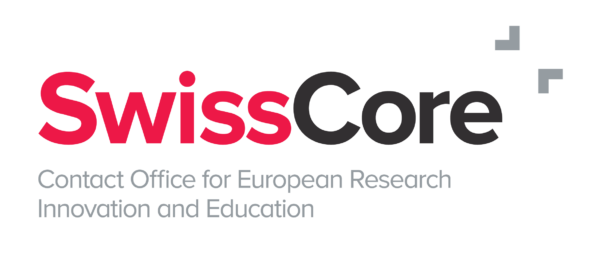European University Alliances share good practices on their research and innovation activities and how they can impact society.
The European Commission’s (EC) European Universities Initiative (EUI) is a key impulse to modernise Europe’s higher education sector. Through these university alliances, the Commission aims to develop new and innovative ways of teaching and to foster transnational cooperation. However, the collaboration between higher education institutions (HEIs) in the EUI is not only limited to education but also includes research and innovation (R&I) activities. The European University Alliances received funding from Erasmus+ but most alliances also received funding under Horizon 2020 to develop research and innovation and to link the European Research Area (ERA) to the European Education Area (EEA). Horizon 2020 funded these projects through the ‘Science with and for Society’ (SwafS) action which intends to build effective cooperation between science and society.
The projects funded under the first SwafS call for EUI alliances ended in May 2023. While the first results were encouraging, some challenges remained for the 17 alliances involved, especially concerning lacking connection with the local research and innovation ecosystems (see SwissCore article). Following last years’ results, the EC published a report on 11 March 2024 on good practices from the 22 alliances concerned by the second Swafs call for EUI alliances. The 22 alliances proposed institutional changes in R&I across 7 ‘transformational modules’: i. developing a common R&I agenda, ii. strengthening human capital, iii. sharing resources and infrastructures, iv. cooperating with non-academic actors, v. mainstreaming open science, vi. exploring joint university structures, vii. and engaging citizens and society. Each of the alliances selected one good practice to share that should be administratively and technically feasible, effective, and successful, and replicable and adaptable.
The report describes each good practice and includes a link to the project page with the results of the activity. Among the developed activities, the alliances proposed the mapping of all R&I activities within the universities, the creation of training programmes or workshops for their staff members and their industry partners or the development of common platforms for knowledge-sharing. One alliance is developing international doctoral research networks with a dedicated action plan and funding strategy (page 37) while another one is developing platforms for citizens to learn more about scientific research and the possibility to contribute to ongoing research projects (page 33).
The EC identifies a few general conclusions of these good practices. The authors recognise the hard work from the alliances to increase interinstitutional collaboration and to develop new R&I partnerships. The good practices presented in the report often emphasise the complementarity between research and education, thus between Horizon Europe and Erasmus+. The report further states that the innovative ideas and solutions developed by the alliances are not easily available nor accessible for other HEIs: the EC thus recommends that alliances publish their good practices and key exploitable results from the projects to allow everyone to benefit from their findings. Finally, the report emphasises the key role of alliances in R&I and their strategic collective leverage and experiences to influence policy making.

